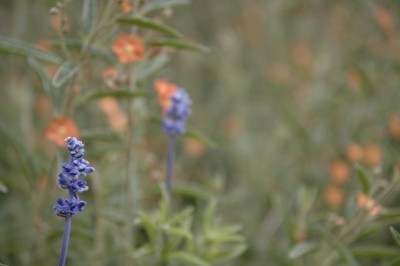






If you haven’t explored the idea of gardening with native plants, you may be surprised at the many benefits that gardening with natives can offer. Native garden plants are easy to grow because they’re naturally in tune with the environment. Native plants provide critical habitat for beneficial pollinators, like honeybees and butterflies, and birds and wildlife will happily find their way to your garden.
Because native plants are “at home,” they are hardy, drought-tolerant and generally require no pesticides, herbicides or fertilizer. These plants even improve water and air quality and prevent soil erosion too. Are you convinced to try your hand at gardening with native plants? Before you begin, it pays to learn about gardening with natives and native plant environments
Native plants are defined as plants that occur in a particular area without human assistance. In the United States, any plants that were present before the arrival of European settlers are considered to be native plants. A native plant environment may be a region, state, or a particular habitat.
For example, plants native to the swamps of Florida wouldn’t survive in the Arizona desert, while those that grow in the tidal marshes of the Pacific Northwest wouldn’t survive a Minnesota winter.
It doesn’t matter where you live or where you garden; native plants can still be found thriving there. If designed appropriately, with native habitats in mind, native plantings will require little maintenance, as their natural environments sufficiently meet all of their needs.
Why is it so important to learn about native plants and native plant environments? Native plants have existed in the environment for thousands of years, so they have had plenty of time to develop a healthy resistance to pests, diseases, predators and weather conditions of the particular area. However, native plants are not equipped to stand up to the encroachment of non-native plants, pests and diseases.
It is estimated that 25 percent of all native plant species in the United States are at risk of extinction. By gardening with natives, you’ll be promoting a healthy ecosystem while helping preserving beautiful native plants.
Here are some examples of native plant environments:
Copyright © www.100flowers.win Botanic Garden All Rights Reserved